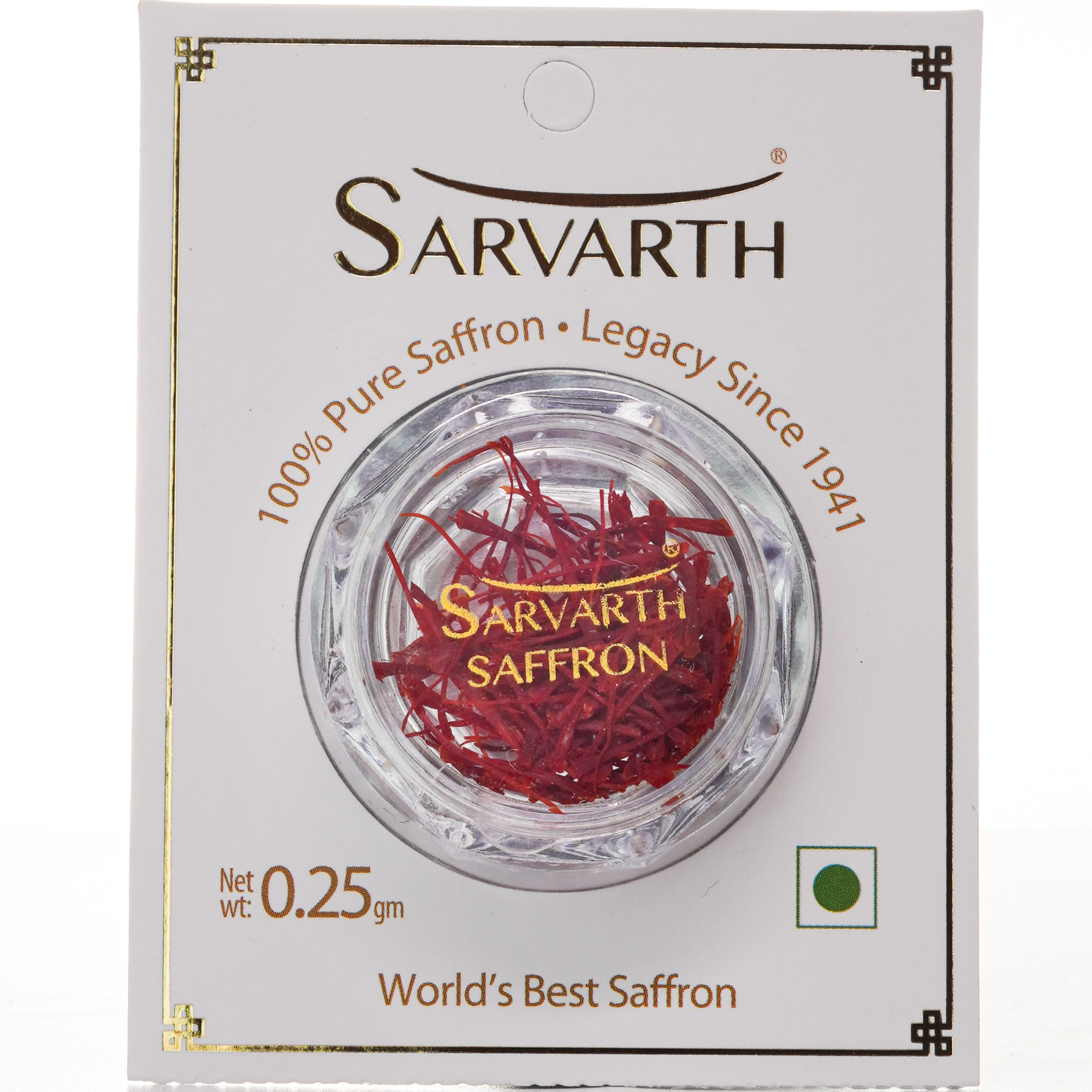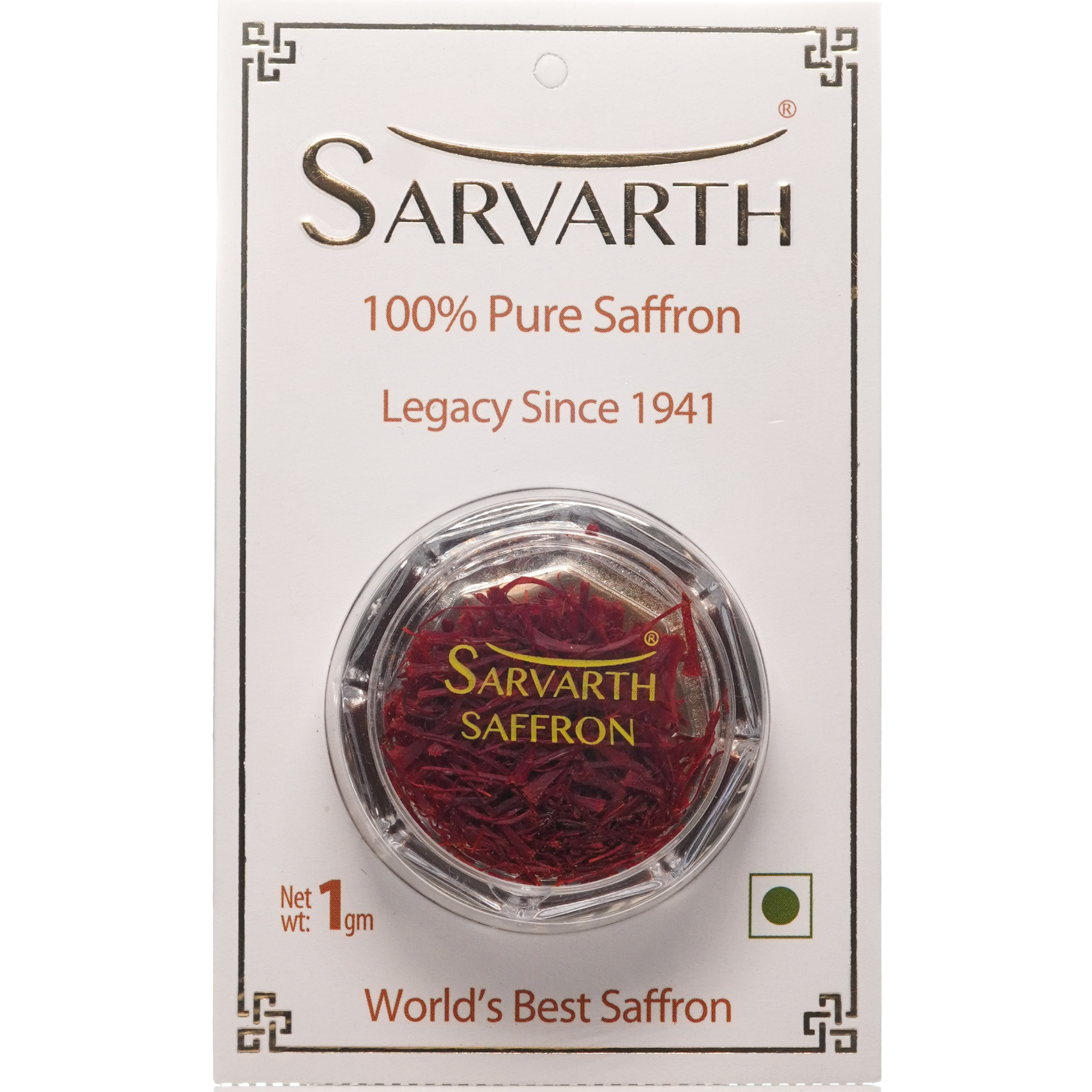
Saffron, every so often referred to as “red gold” due to its wealthy color and first-rate value, has lengthy been a valued ingredient in kitchens everywhere in the international. This spice, which adds a distinct flavor, aroma, and colour to meals, is crafted from the stigmas of the Crocus sativus flower. Saffron is prized in present day cooking for each its culinary adaptability and capacity fitness benefits. This article discusses













